Description
Allen Bradley 1769-L32C Processor Analog Input/Output Module
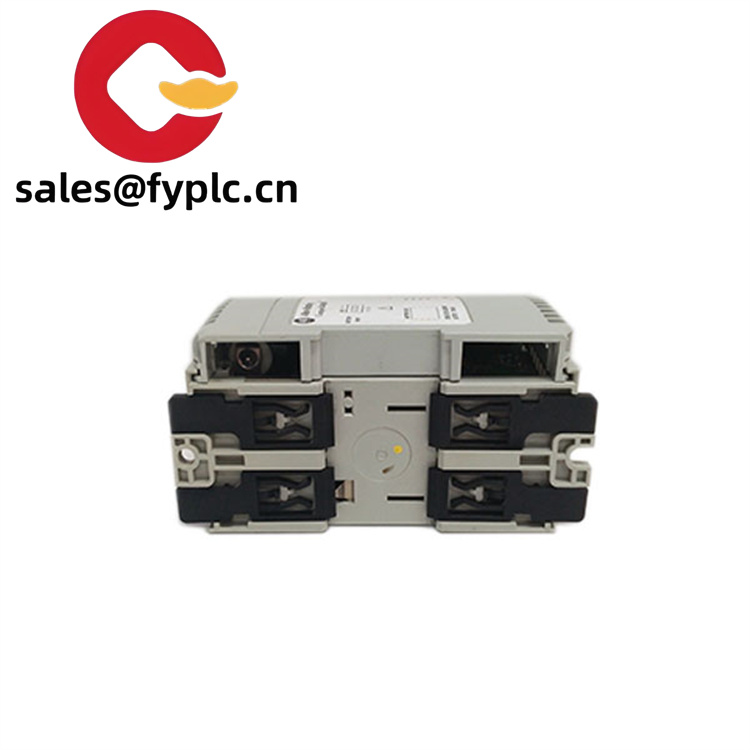
1769-L32C
Allen-Bradley 1769-L32C is a game-changer in the industrial automation landscape, designed to streamline and enhance control processes across diverse manufacturing environments. As a high-performance controller module, it serves as the nerve center for automation systems, enabling seamless communication and precise control over machinery and processes. Engineered to integrate smoothly with Rockwell Automation’s FactoryTalk® suite and Logix control platform, the 1769-L32C is an ideal choice for applications that demand reliability, scalability, and advanced functionality. Whether you’re operating in automotive assembly lines, food processing plants, or complex material handling systems, this controller empowers you to optimize production efficiency while maintaining strict quality standards.
| Label |
Specification |
| Model Number |
1769-L32C |
| Brand |
Allen-Bradley |
| Type |
CompactLogix Controller |
| Input Voltage |
10 – 30 VDC |
| Operating Temp |
0 – 60°C |
| Communication Method |
EtherNet/IP, ControlNet, DeviceNet |
| Mounting |
DIN Rail |
| Weight |
Approximately 0.45 kg |
| Certifications |
UL, CSA, CE, CCC |
| Dimensions |
101.6 x 127 x 45.72 mm |
| IP Rating |
IP20 |
| Protocols Supported |
EtherNet/IP, CIP Sync, CIP Safety |
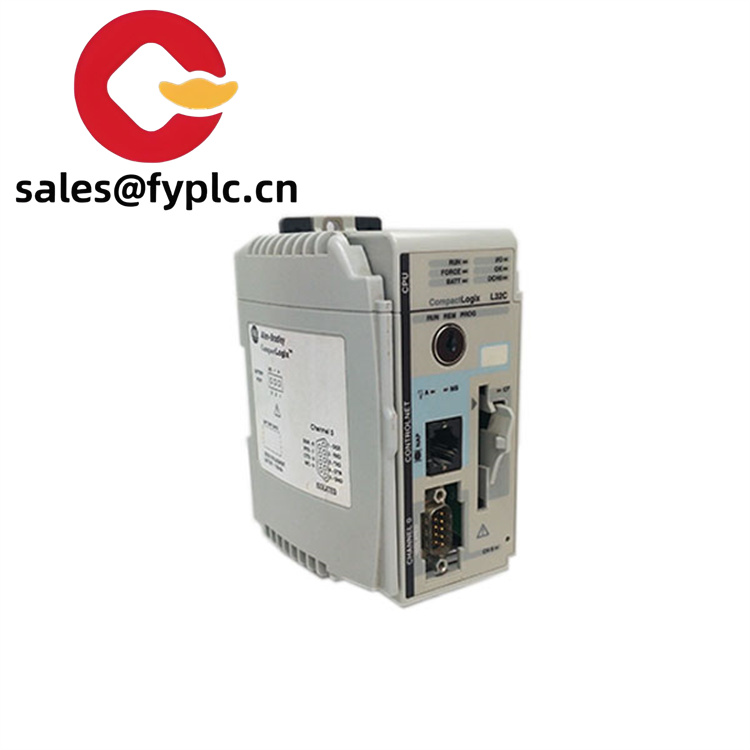
1769-L32C
The 1769-L32C shines through its remarkable functional strengths and intelligent design. Engineered to handle large volumes of data with lightning speed, this controller ensures real-time decision-making capabilities that keep operations running at peak performance. Its rugged build quality withstands harsh industrial conditions, from extreme temperatures to high levels of vibration, ensuring continuous operation without unplanned downtime. Operators benefit from its intuitive programming interface, which simplifies the setup and modification of control logic, reducing commissioning times significantly. Moreover, the controller’s modular architecture allows for easy expansion, enabling businesses to adapt to changing production demands without a complete system overhaul.
In industrial settings, the 1769-L32C proves invaluable across various use cases. In chemical plants utilizing Distributed Control Systems (DCS), it precisely manages complex chemical reactions, ensuring safety and optimal yields. In Supervisory Control and Data Acquisition (SCADA) systems found in power generation facilities, it monitors and controls power distribution networks, enhancing grid stability. This controller effectively addresses operational challenges like inconsistent process control and data latency, boosting process reliability. By enabling seamless signal communication between different components of an automation system, it optimizes industrial automation workflows, reducing waste and increasing productivity.
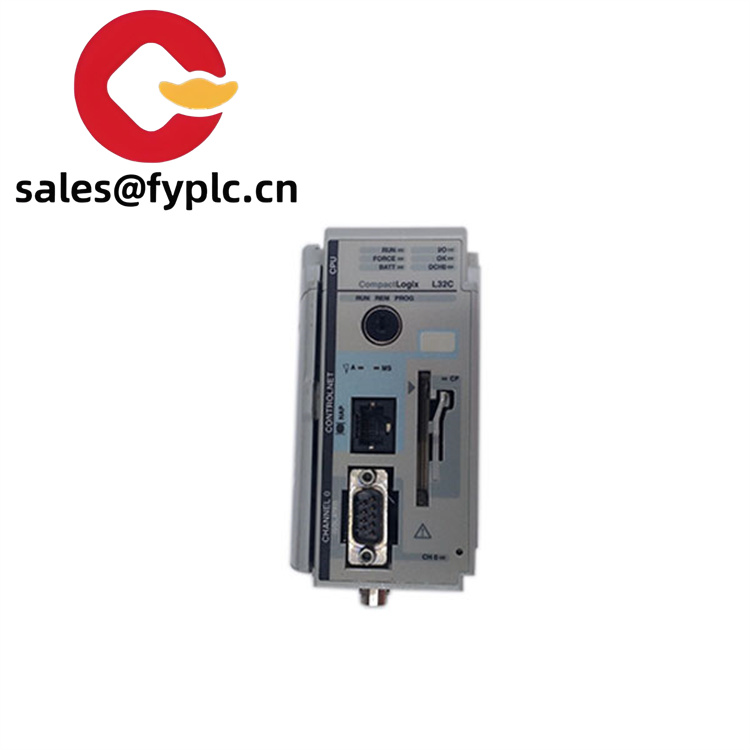
1769-L32C
Several models are closely related to the 1769-L32C. The 1769-L35E is a powerhouse with enhanced processing speed, making it suitable for applications that require handling of complex algorithms. The 1769-L33ER offers similar functionality but with additional embedded Ethernet ports, ideal for systems that demand extensive network connectivity. The 1769-L31 is a more cost-effective option for smaller-scale automation projects, providing essential control capabilities without sacrificing reliability. The 1769-L34 stands out with its increased memory capacity, enabling it to store and process larger amounts of data for more comprehensive system monitoring. And the 1769-L36ERM combines high processing power with advanced motion control capabilities, making it a top choice for applications involving intricate machinery movements.
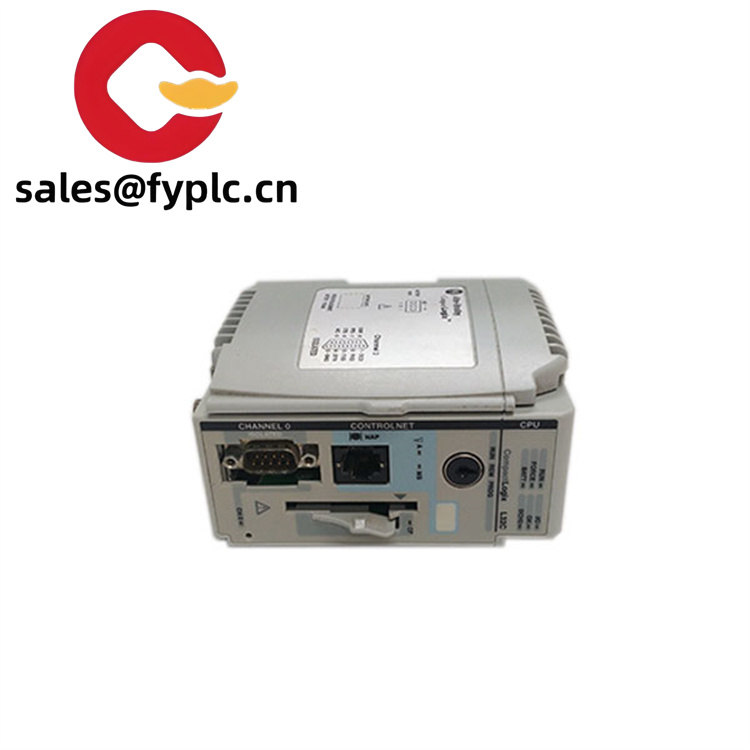
1769-L32C-2
When it comes to setting up the 1769-L32C, proper installation is crucial for its optimal performance. Ensure the DIN rail mounting is securely fastened to a stable surface, taking care to leave sufficient space around the controller for proper airflow, which helps prevent overheating. Grounding the unit correctly is essential to safeguard against electrical surges. During long-term operation, regular inspections every 3 – 6 months are recommended. Look for signs of physical damage, check for loose connections, and monitor the controller’s diagnostic indicators for any abnormalities. If issues arise, referring to the detailed troubleshooting guides provided by Allen-Bradley can assist in quickly identifying and resolving problems.
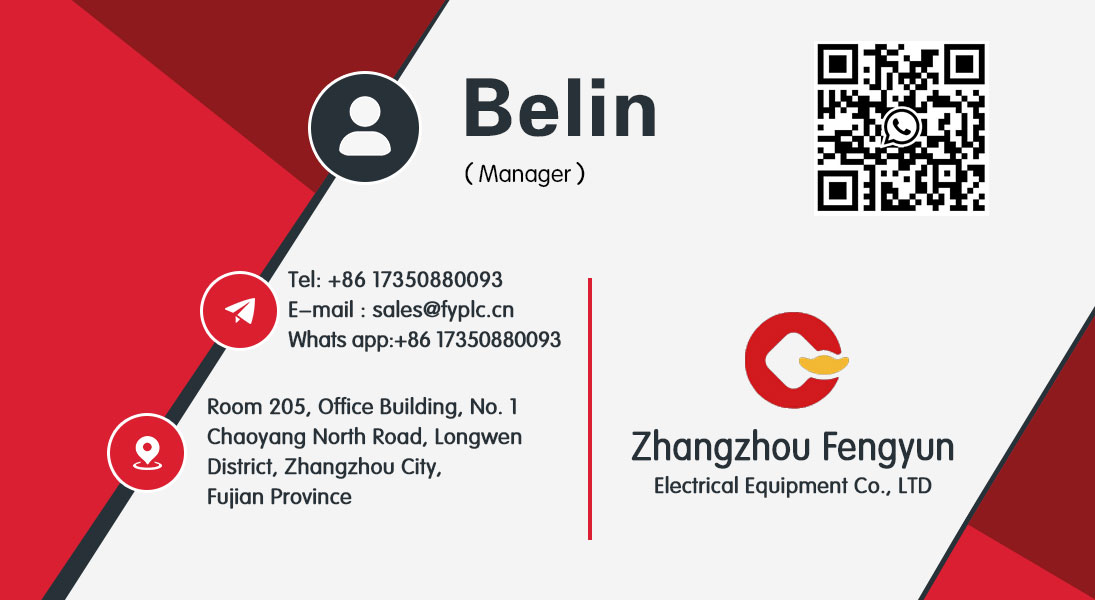
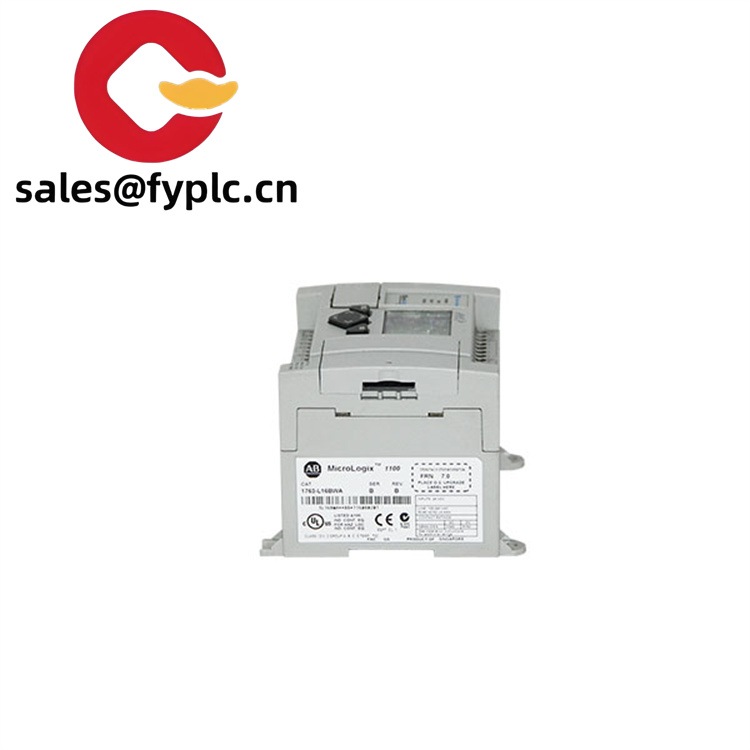
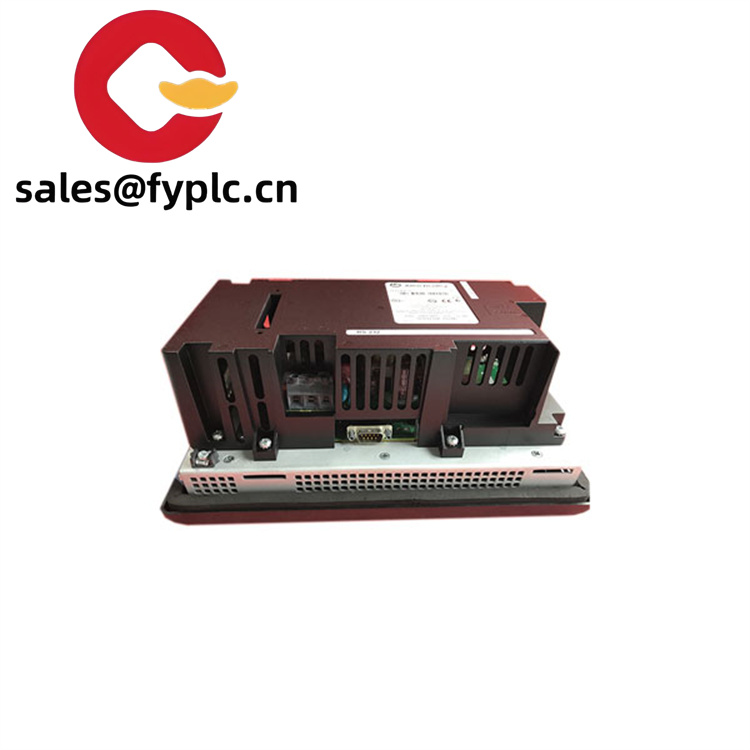



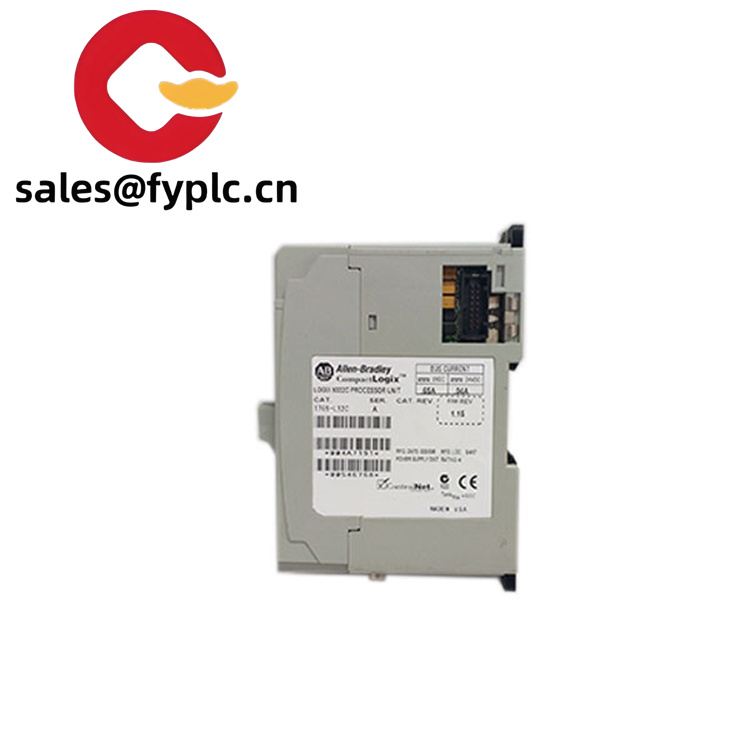


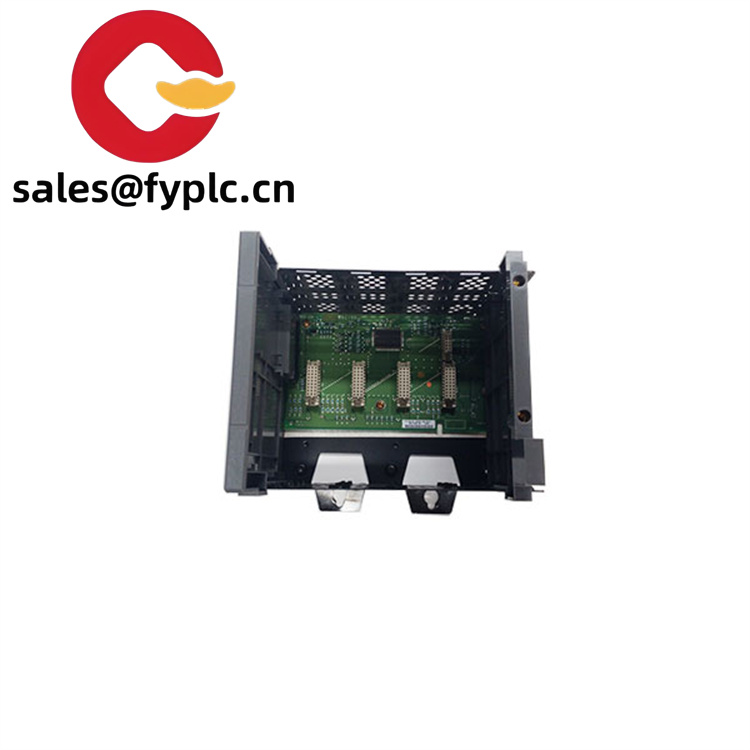
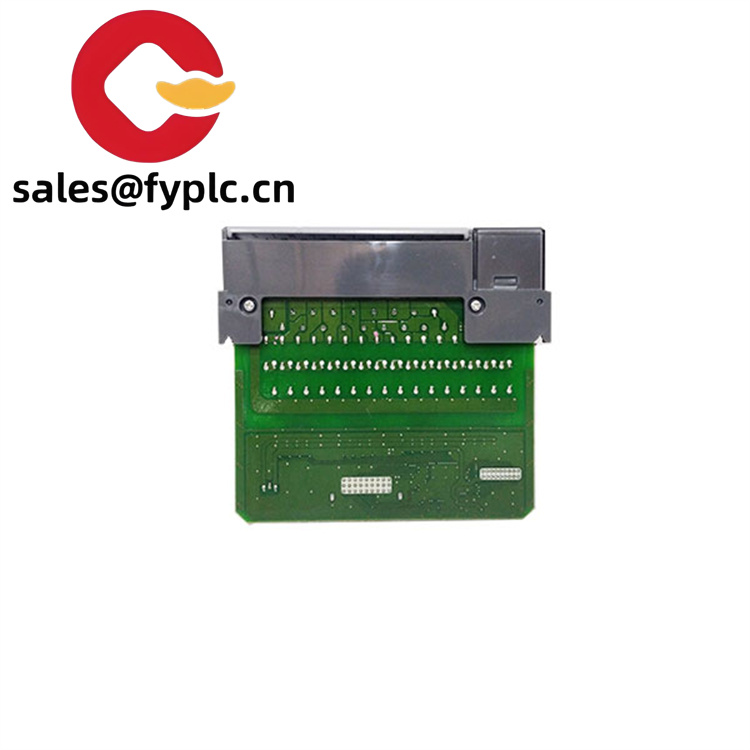
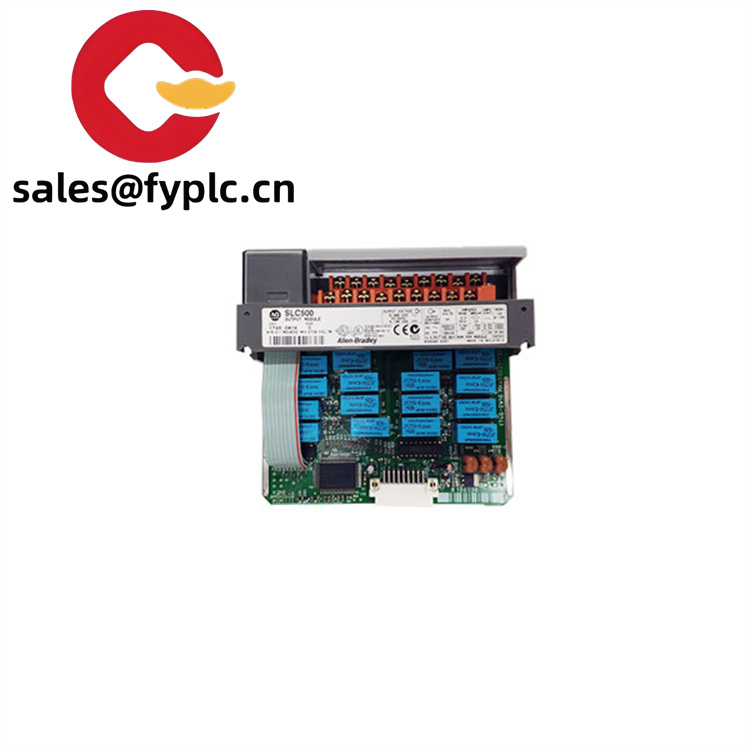
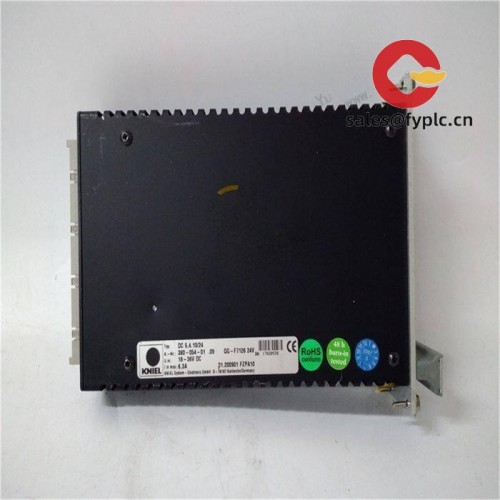
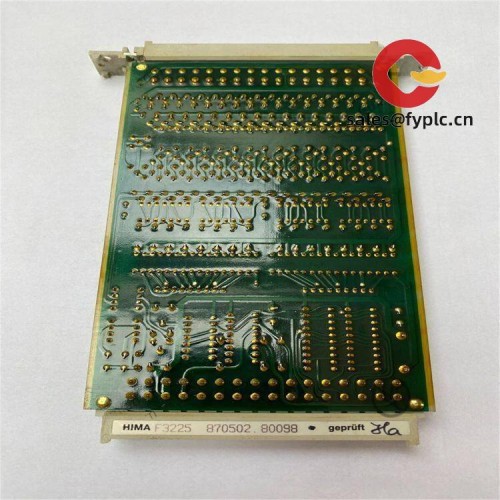
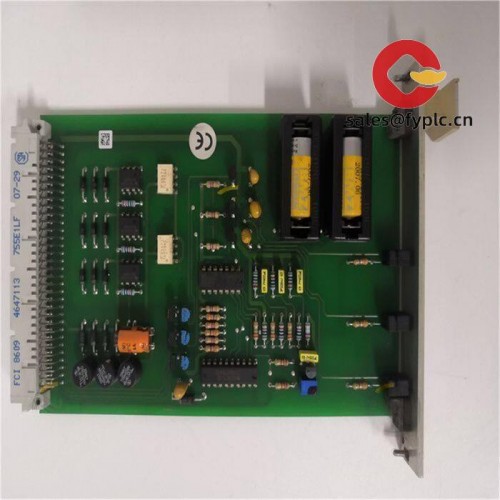


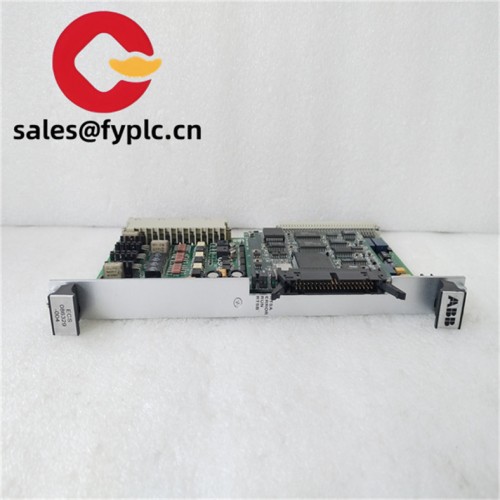
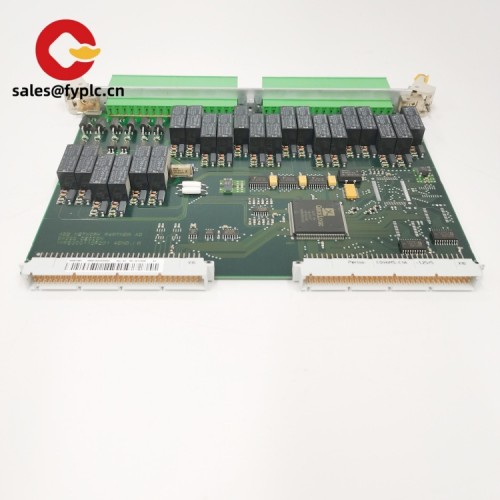
Reviews
There are no reviews yet.